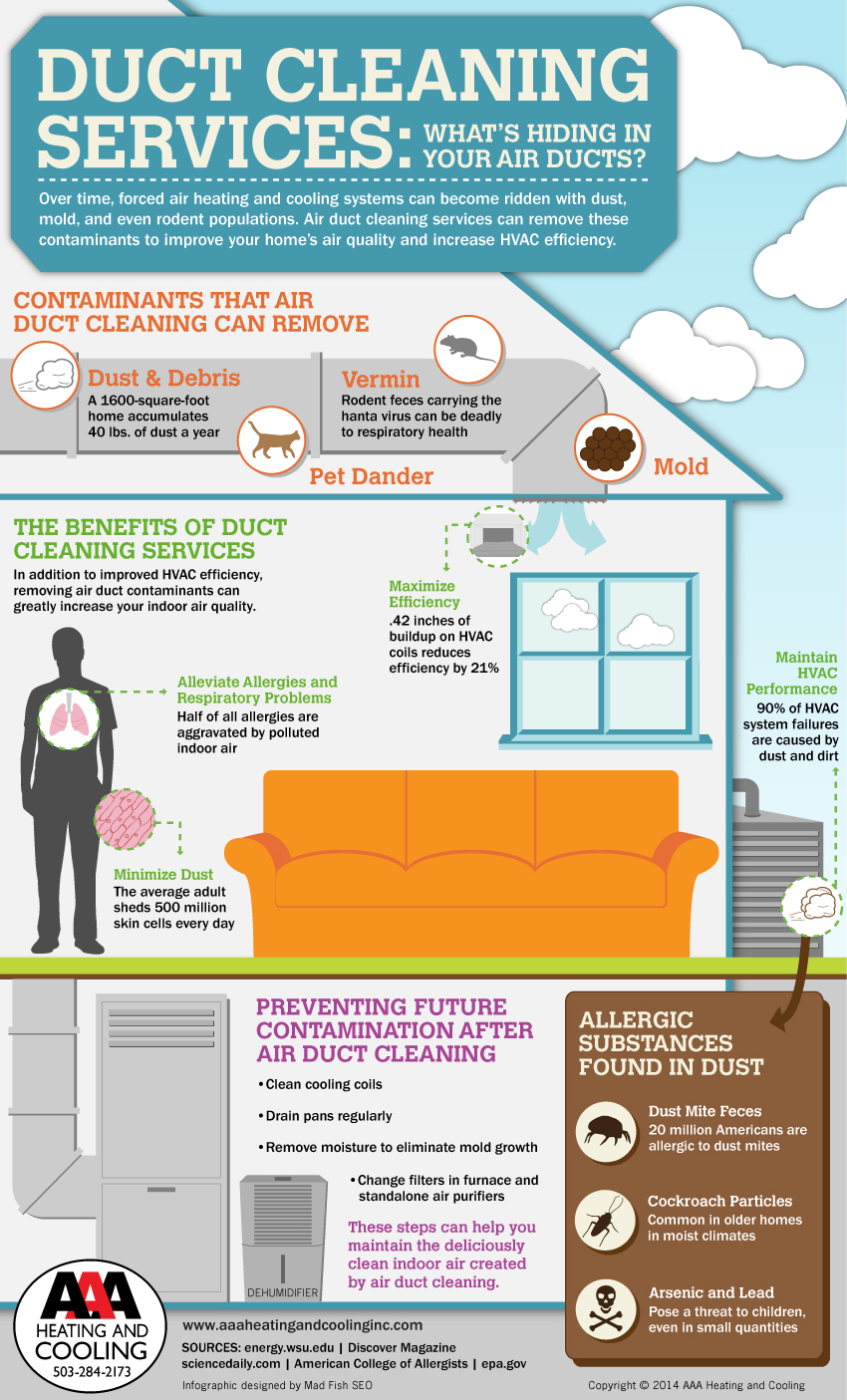The Ultimate Overview To Comprehending Warmth Pumps - Just How Do They Function?
The Ultimate Overview To Comprehending Warmth Pumps - Just How Do They Function?
Blog Article
Material Produce By-Roy Raymond
The very best heatpump can conserve you considerable amounts of money on energy bills. heat pump installation cost auckland can additionally help in reducing greenhouse gas exhausts, particularly if you utilize electrical energy in place of fossil fuels like propane and heating oil or electric-resistance furnaces.
Heatpump function quite the like a/c unit do. This makes them a viable option to standard electrical home heater.
Exactly how They Function
Heat pumps cool down homes in the summer season and, with a little assistance from power or gas, they offer several of your home's heating in the winter season. They're a great alternative for individuals that want to minimize their use of fossil fuels but aren't prepared to change their existing heating system and cooling system.
They count on the physical reality that even in air that appears too cool, there's still power present: cozy air is always relocating, and it intends to move into cooler, lower-pressure atmospheres like your home.
The majority of ENERGY celebrity certified heatpump operate at close to their heating or cooling capacity throughout the majority of the year, minimizing on/off cycling and saving energy. For related resource site , concentrate on systems with a high SEER and HSPF rating.
The Compressor
The heart of the heat pump is the compressor, which is also known as an air compressor. This mechanical flowing tool uses possible energy from power creation to increase the stress of a gas by reducing its volume. It is different from a pump in that it only deals with gases and can not collaborate with liquids, as pumps do.
Atmospheric air gets in the compressor via an inlet shutoff. It circumnavigates vane-mounted arms with self-adjusting size that split the inside of the compressor, developing several tooth cavities of differing dimension. The blades's spin forces these tooth cavities to move in and out of stage with each other, compressing the air.
The compressor draws in the low-temperature, high-pressure cooling agent vapor from the evaporator and compresses it right into the warm, pressurized state of a gas. This process is duplicated as required to supply home heating or cooling as required. The compressor likewise contains a desuperheater coil that recycles the waste warm and includes superheat to the cooling agent, transforming it from its liquid to vapor state.
The Evaporator
The evaporator in heatpump does the same point as it carries out in refrigerators and a/c, changing liquid cooling agent right into a gaseous vapor that eliminates heat from the room. Heatpump systems would not function without this important tool.
This part of the system is located inside your home or building in an interior air handler, which can be either a ducted or ductless device. It includes an evaporator coil and the compressor that presses the low-pressure vapor from the evaporator to high pressure gas.
Heat pumps soak up ambient heat from the air, and then use power to move that warmth to a home or organization in home heating mode. That makes them a great deal more power efficient than electrical heaters or heating systems, and since they're using clean electrical power from the grid (and not burning fuel), they likewise produce much less discharges. That's why heat pumps are such terrific ecological choices. (As well as a massive reason why they're coming to be so preferred.).
The Thermostat.
Heat pumps are wonderful choices for homes in cool climates, and you can use them in combination with typical duct-based systems and even go ductless. They're an excellent different to fossil fuel heating systems or standard electric heaters, and they're extra sustainable than oil, gas or nuclear cooling and heating tools.
Your thermostat is one of the most important element of your heatpump system, and it functions extremely differently than a conventional thermostat. All mechanical thermostats (all non-electronic ones) work by using compounds that transform dimension with raising temperature, like coiled bimetallic strips or the increasing wax in a car radiator valve.
These strips include two different types of metal, and they're bolted together to form a bridge that finishes an electric circuit attached to your HVAC system. As the strip obtains warmer, one side of the bridge expands faster than the various other, which creates it to bend and indicate that the heater is needed. When the heatpump is in home heating setting, the turning around shutoff reverses the circulation of cooling agent, so that the outside coil now works as an evaporator and the interior cyndrical tube comes to be a condenser.